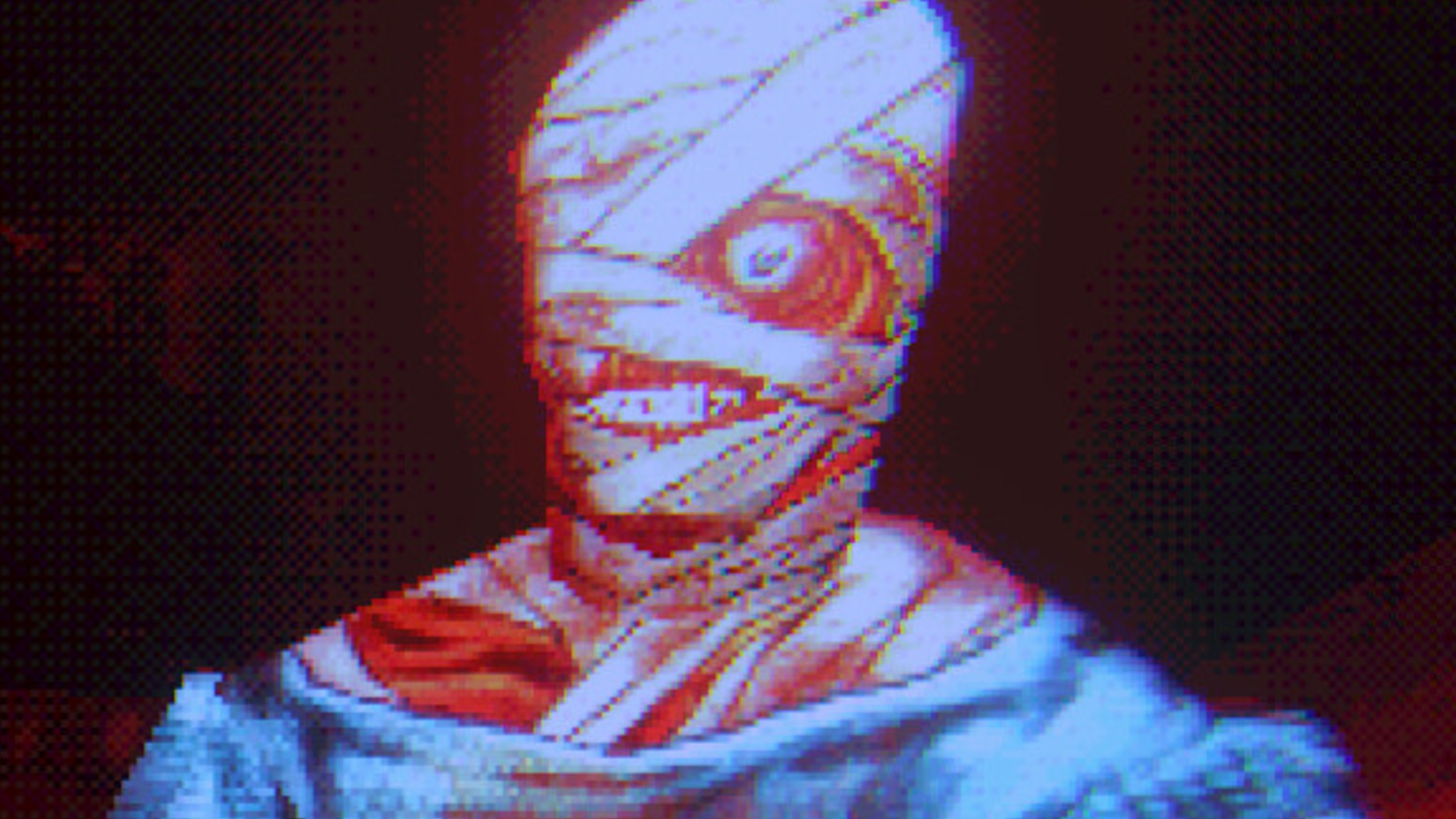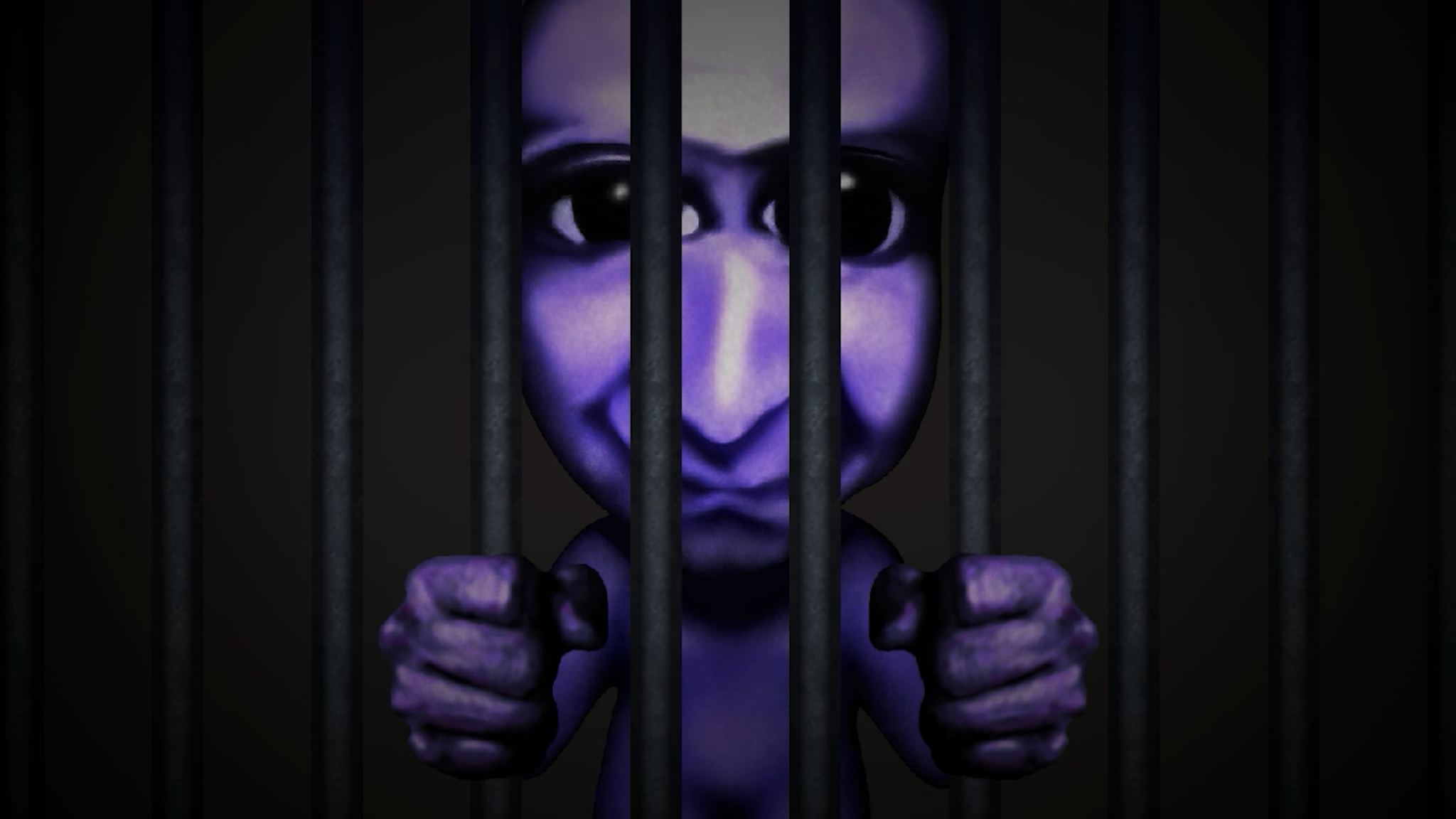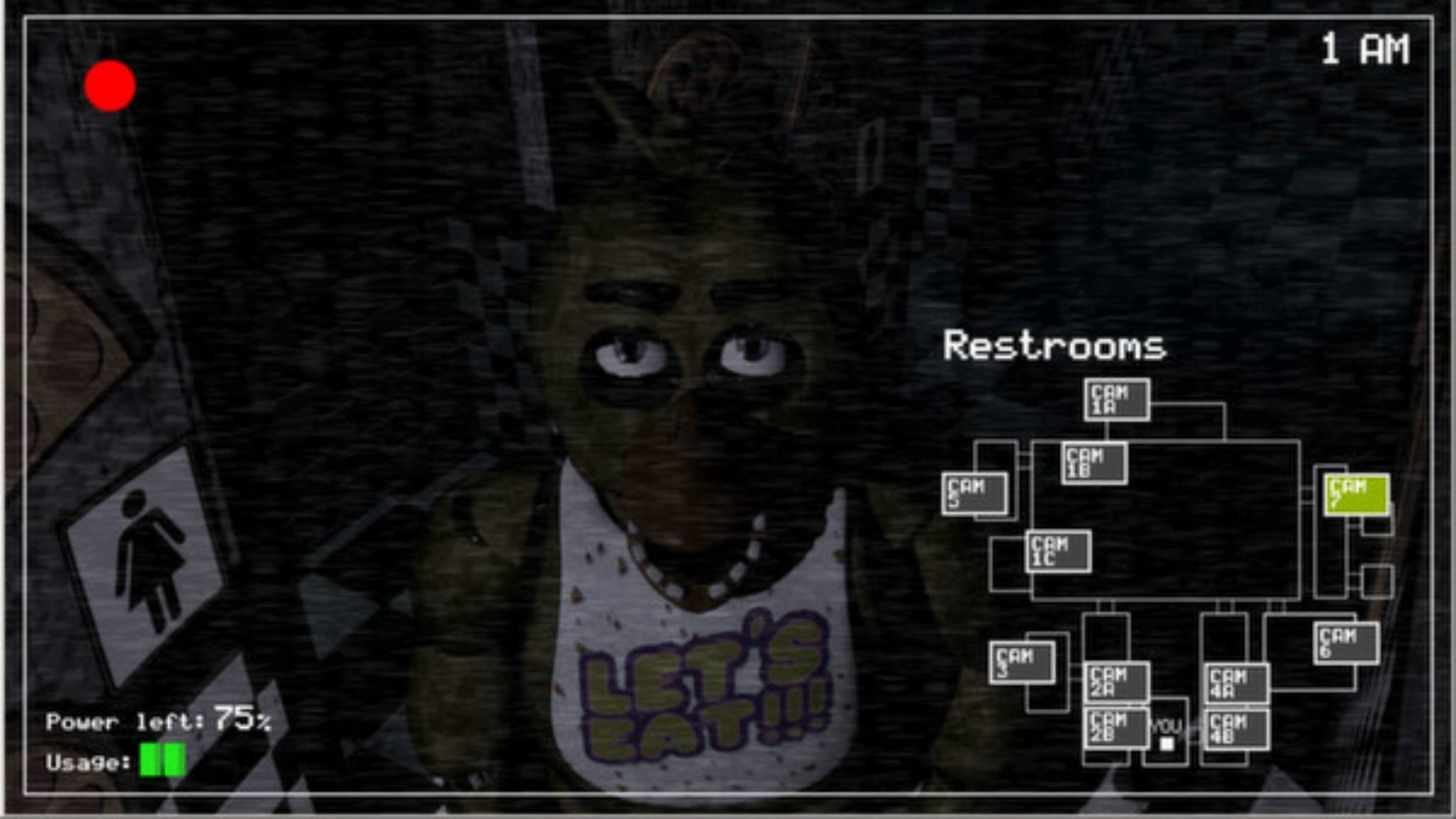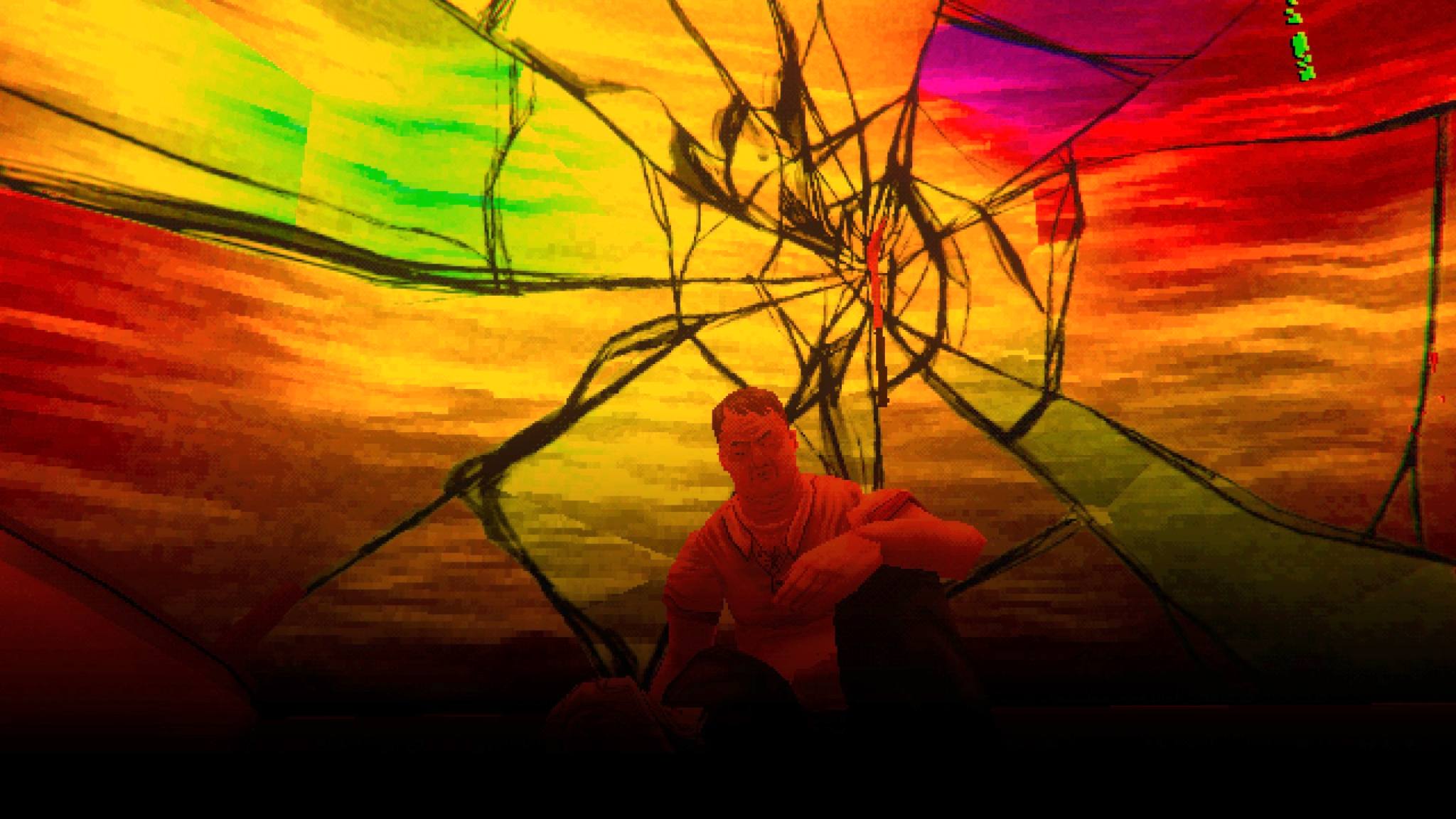
For more than ten years, I’ve immersed myself in independent horror across various platforms, from an active participant in the YouTube horror community to a fearless player of all things scary in video games. However, there’s a persistent concern that gnaws at me whenever I embark on a new horror game—a nagging sensation at the back of my mind. There’s a haunting quality in indie horror that isn’t as immediately apparent as its genre might suggest. But it’s this subtle darkness that has a powerful hold over many audiences.
As someone who’s spent years delving into the captivating world of indie horror games, a chilling realization has begun to creep in: I find myself growing apprehensive. It’s not the spine-tingling suspense or the heart-pounding jumpscares that have me on edge—it’s the constant company of young eyes watching alongside me.
The Rise of Indie Horror

Indie horror games have gained significant recognition over time, largely due to platforms like YouTube. Influential content creators such as PewDiePie, Markiplier, CoryxKenshin, Jacksepticeye, ManlyBadassHero, and numerous others have amassed a fanbase by streaming horror games. Weekly viewings of YouTubers playing horror games became commonplace, with videos typically lasting about 10 minutes. This trend catapulted titles such as “Amnesia: The Dark Descent”, “Ao Oni”, “The Cat Lady”, “Cry of Fear”, “The Crooked Man”, and “Slender: The Eight Pages” to prominence in the early 2010s.
In this contemporary phase, horror has transformed into an enjoyable pastime, offering tamer fright for audiences across age brackets. Laughing along with friends while startled by digital edges leaping out at you is no less thrilling than playfully tricking a friend with the maze game. Notably, the initial forays of horror on YouTube were so evidently fictional that they posed no real issues.

The situation shifted dramatically when an appalling incident occurred on May 31, 2014, involving the stabbing of a young girl. Remarkably, those responsible for the crime pinned the blame on the character known as Slender Man.
To clarify, I’m not arguing that video games are inherently harmful. I don’t subscribe to the viewpoint that FPS games directly lead to increased aggression in teenage males. The Slender Man incident was an isolated occurrence. However, it’s undeniable that something shifted when Five Nights at Freddy’s debuted in 2014. This initial game was exceptional and revolutionized point-and-click horror. Yet, as the series’ lore grew more intricate, it veered away from a straightforward story about menacing robots and into darker tales involving deceased children and a suspected serial killer.
The Target Audience Shift

Initially, the game Five Nights at Freddy’s paved the way for a unique indie horror subgenre known as Mascot Horror. Later games such as Bendy and the Ink Machine, Poppy Playtime, Indigo Park, and Finding Frankie emerged years later following the success of FNAF. The Mascot Horror genre gradually shifted from terrifying content suitable for adults, reviving their childhood fears, to a realm where children could also participate and engage with ease.
It’s not just a problem in the realm of video games; the horror genre has become progressively easier for children and young adolescents to access. Shows like “Stranger Things” and “Fear Street” on Netflix, despite their school settings, contain graphic violence that is not suitable for younger viewers. When you consider older films that were originally rated R or 18+, they appear mild in comparison to what today’s teens are watching. They might even find classics like “The Terminator” and “The Exorcist” amusing. Remarkably, current horror movies aren’t as gruesome or dark as “Stranger Things.” What’s alarming is that films such as “Blink Twice” and “Eden Lake,” which receive an R rating (or a 15), contain realistic scenes of rape and murder. Moreover, portrayals of drugs, sex, and trauma, fueled by shows like “13 Reasons Why” and “Euphoria,” have started to influence independent horror as well.
The Glamorization of Trauma and the Lack of Understanding

Let’s revisit the top YouTube videos from 2024, where we find some intriguing titles like “Mouthwashing”, a narrative in which we assume the role of a monster who rapes and impregnates a woman, leading to her suicide. Another title is “Bad Parenting“, a tale about a young boy who was brutally murdered by his father, where we take on the role of his ghost, haunting him as he transforms into a Santa Claus-like figure known as Mr. Red Face. Lastly, there’s “The Hole“, where again we play as a monster, this time one who is depicted abusing his daughter with graphic representations of sexual assault. Surprisingly, these disturbing videos were released last year and can easily be found on YouTube, possibly uploaded by your favorite streamer.
For mature audiences, I’m deeply drawn to these eerie indie horror games that I’ve mentioned earlier. I eagerly anticipate more of such games as they effectively unsettle the viewer through their themes rather than relying on typical horror elements like jump scares, lighting, and overt frightening visuals. However, it is crucial to remember that this content is not suitable for teenagers or children.
Check out the Reddit community dedicated to the topic of mouthwashing and you’ll find a group I prefer not to associate with. A harrowing tale emphasizing the need to challenge injustice has been transformed into something fantastical. There are disturbing depictions of Jimmy, the main character, in explicit fan art, often portraying him causing harm to Anya. Some images also present Anya as a woman who despised her unborn child, rather than the actual victim she was. Younger audiences may struggle to comprehend these deeper, darker themes due to their cognitive development being different from adults.

It seems to me that everyone shares some responsibility for this ongoing trend, yet none should be held personally accountable for this escalating problem. Content creators on YouTube need to earn a living, and they shouldn’t be compelled to produce child-friendly content if there exist numerous mature games delving into complex horror themes beyond mere jump scares, monsters, and spirits.
YouTube has rules against explicit language, but notable figures like CoryxKenshin adhere to the regulations while his material is growing increasingly grim (this isn’t his doing). The independent horror scene is brimming with disturbing elements such as child abuse, sexual assault, cannibalism, and traumatic scenes coded with visual euphemisms, and these aspects are only gaining popularity.
These games are fantastic for grownups, yet they might be harmful for younger viewers. I recall that Fingerbones was particularly unsettling when it first came out in 2014. However, such topics have since become more common and aren’t just confined to reading game lore. In the independent horror genre, storyline is growing increasingly crucial, often serving as a key factor to captivate players in ongoing series.

Subtle terror, woven around ominous undertones, was a hallmark of series such as Silent Hill. However, these masterpieces didn’t blatantly present their horror; instead, it required careful observation to discern. Nowadays, the horror is more overtly presented.
Or:
Silent Hill, and other similar franchises, were known for their subtly chilling narratives with ominous undercurrents. Back then, you had to delve deeper to uncover the horror. These days, the horror is more explicitly displayed.
It’s becoming more worrisome that independent horror game creators like Puppet Combo and Chilla’s Art aren’t earning enough to thrive, despite their work being widely enjoyed through streaming platforms and YouTube videos. Surprisingly, these developers receive very few reviews on Steam but garner hundreds of thousands of views for free on YouTube. One potential solution could be for creators to label or restrict content that is clearly not suitable for younger viewers, considering the age distribution of their subscribers.
There are numerous independent horror games that beautifully tackle complex and psychological subjects, such as “We Harvest Shadows,” or ones with a mysterious ambiance or cosmic concepts, like “Static Dread” and “No, I’m Not a Human.” However, it’s important that this mature content remains within the appropriate adult realm due to concerns about rising consumption of excessively dark material among teenagers.
Read More
- Gold Rate Forecast
- 10 Most Badass Moments From Arrow
- The Simpsons Kills Off Marge Simpson In Shocking Twist
- How Mariska Hargitay’s Husband Supported Her After Sexual Assault
- Vanessa Kirby Reveals Pedro Pascal Got ‘Snappy’ During Fantastic Four Events
- 7 Characters The Hulk Has Definitely Smashed
- Brent Oil Forecast
- BTC PREDICTION. BTC cryptocurrency
- Wind Breaker Chapter 197 Release Date & What To Expect
- Gears of War: Reloaded Getting Negative Reviews on Steam for Lack of Split-Screen Co-Op
2025-06-26 03:12